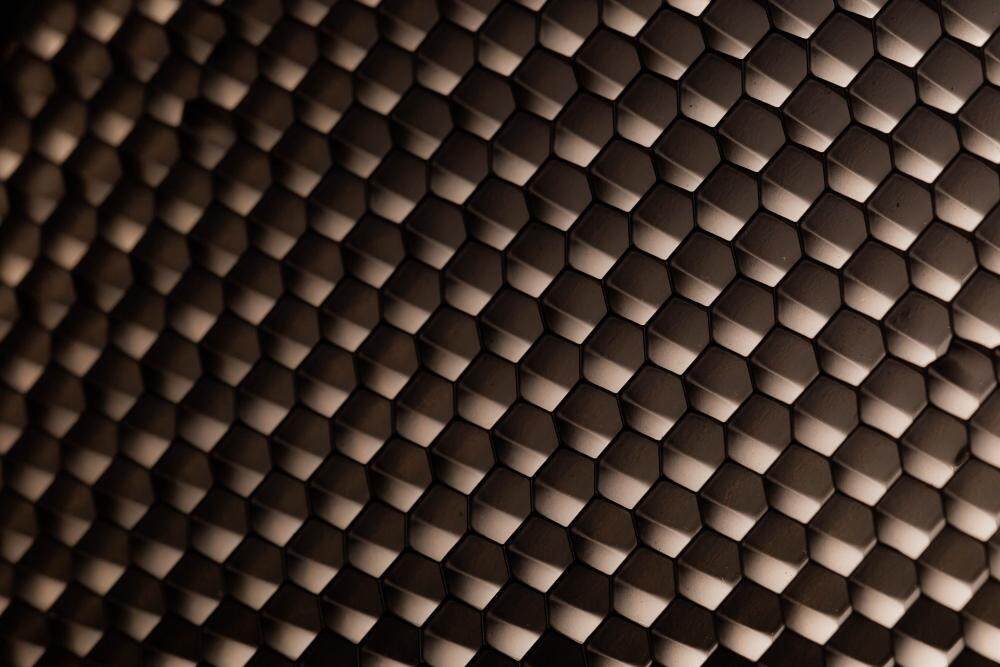Email format error
Email cannot be empty
Email already exists
6-20 characters(letters plus numbers only)
The password is inconsistent
Email format error
Email cannot be empty
Email does not exist
6-20 characters(letters plus numbers only)
The password is inconsistent


Curved ceiling panels, intricate and captivating, carry a profound historical legacy within the realm of architecture. This exploration of their journey spans epochs, from the sacred structures of ancient civilizations to the revival during the Renaissance, and continues to shape modern design sensibilities. In this article, we unravel the historical tapestry of curved ceiling panels, exploring their significance and how contemporary designs draw inspiration from the past.
Overview
The narrative begins with an overview of the historical evolution of curved ceiling panels, tracing their roots in ancient architectural practices to their resurgence during the Renaissance.
Ancient Architectural Influences
In ancient civilizations, curved ceiling panels transcended mere structural elements; they were embodiments of artistic expression. From the domes of Roman temples to the intricate patterns in Islamic architecture, these panels adorned sacred spaces, reflecting cultural and religious beliefs.
Revival during the Renaissance
The Renaissance era witnessed a revival of classical elements, with architects rekindling their fascination with the elegance of curved ceiling panels. Inspired by Greco-Roman architecture, the Renaissance brought forth a fusion of art and engineering, laying the foundation for the modern design aesthetics we appreciate today.
Contemporary Interpretations
Fast forward to the present, and we find architects and designers drawing inspiration from historical forms. Contemporary curved ceiling panels often blend traditional craftsmanship with cutting-edge materials, paying homage to the timeless appeal of historical influences.
Acoustic Characteristics
Beyond their aesthetic allure, curved ceiling panels reveal themselves as acoustic marvels. The unique shapes and contours contribute significantly to sound absorption, creating harmonious environments across diverse settings.
Application in Modern Spaces
In contemporary architecture, the integration of curved ceiling panels transcends mere aesthetics. The acoustic benefits find application in spaces ranging from concert halls to office interiors, enhancing sound quality and optimizing environments for occupant comfort.
Technological Advancements
The modern era brings with it technological advancements that further enhance the acoustic capabilities of curved ceiling panels. Innovative materials and construction techniques allow for precise tuning of acoustic performance, catering to the specific needs of various spaces.
Efficiency in Natural Light Utilization
A remarkable feature of curved ceiling panels lies in their energy efficiency. By embracing natural light, these panels reduce dependency on artificial lighting, creating well-lit and energy-efficient spaces. The interplay of light and form not only aligns with sustainable design principles but also elevates the overall occupant experience.
Environmental Considerations
Modern architecture, attuned to environmental impact, incorporates curved ceiling panels as integral elements of eco-friendly design. The synergy between energy efficiency and sustainability underscores the commitment to responsible architecture, creating spaces that harmonize with both nature and human needs.
Innovations in Sustainability
Continual innovations in sustainable materials and construction practices contribute to the evolution of curved ceiling panels as eco-friendly architectural elements. From recycled materials to energy-efficient lighting integration, these innovations showcase a commitment to reducing the environmental footprint of architectural design.
As we delve deeper into the historical significance, acoustic wonders, and energy efficiency of curved ceiling panels, we witness a seamless integration of the past and the present. From the grandeur of ancient temples to the sleek lines of contemporary office spaces, these panels stand as testaments to the enduring marriage of form, function, and sustainability in architecture. The journey of curved ceiling panels continues to evolve, carrying with it a legacy that enriches the architectural landscape.